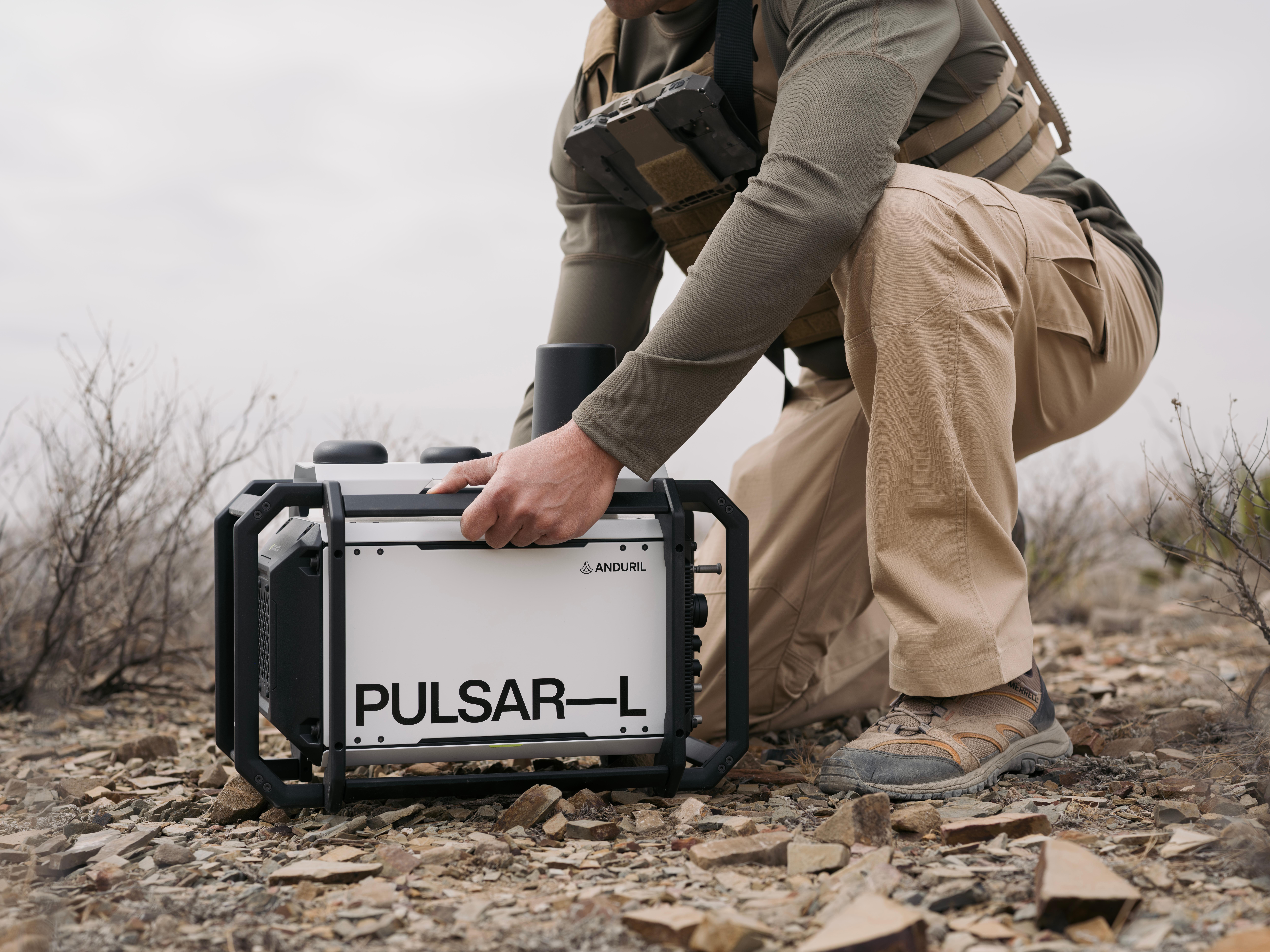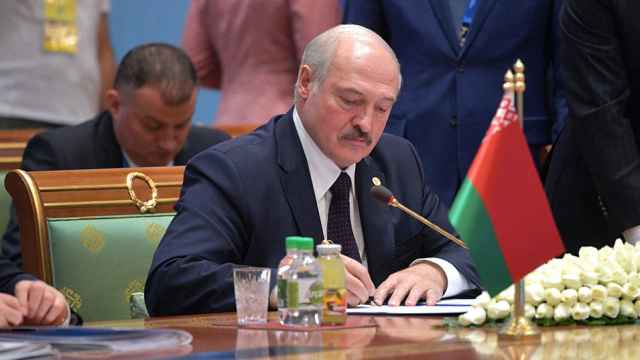Strengthening the Belarus Border: Lithuania’s New Defense Strategy Explained
Lithuania has taken significant steps to bolster its border with Belarus due to evolving regional security concerns. As tensions rise throughout Eastern Europe, Lithuania is prioritizing the security of its borders through robust new defense measures. This article explores what these changes mean for Belarus and the broader region.

Lithuania’s Major Border Investments
In May 2025, the Lithuanian government announced a substantial investment exceeding €1 billion to enhance security along its boundaries with both Belarus and Russia. According to Lithuania’s Ministry of Defense, these funds will be used primarily to install modern antitank mines and create durable engineering barriers. The overarching goal is to deter and slow down any potential aggression, improving national resilience and readiness for any threats originating from Belarus or its eastern neighbor.
Much of this investment is dedicated to anti-tank mines and related defensive systems. The Ministry expects these steps to restrict unwanted movements near the border, strengthening Lithuania’s defensive posture.[^1]
Regional Security and NATO Collaboration
Lithuania shares borders with both Belarus and Russia’s Kaliningrad region. The proximity, combined with increased regional tension after Russia’s invasion of Ukraine, has put Belarus under the spotlight. Lithuania, together with fellow Baltic nations like Latvia and Estonia, is developing the so-called Baltic Defense Line. This collaborative initiative aims to secure NATO’s eastern flank and prevent adversarial incursions. Read more about regional defense collaboration in this article by The Moscow Times.
Engineers are working to determine critical points where cross-border barriers must converge. The Baltic Defense Line intends not just to serve Lithuania, but to mesh seamlessly with partner countries’ defenses, creating a cohesive security corridor.
Fortress Suwalki Gap and Increased Defense Spending
Another key focus is the Suwalki Gap, a narrow strip that connects the Baltic States to Poland. Analysts warn that control of this corridor is vital for NATO. Lithuania plans to fortify this area with trenches, reforestation for troop coverage, and technological upgrades for border surveillance. In line with these defensive upgrades, Lithuania has committed to raise its defense spending to as much as 6% of its GDP between 2026 and 2030.
Humanitarian Concerns and Legal Context
Lithuania’s decision to withdraw from the Ottawa Convention, which forbids anti-personnel landmines, reflects a shifting attitude driven by perceived necessity. Yet, human rights organizations warn about risks posed by unexploded ordinance, especially near Belarus, where civilian movement and migration have been topics of concern. For a detailed discussion of these legal and humanitarian implications, explore coverage from Defense News.
Outlook for Belarus and Neighbors
The new Lithuanian initiatives are reshaping how Belarus and its neighbors interact. Strengthened borders mean higher physical and political barriers. As the Baltic Defense Line progresses, coordination with NATO allies intensifies. Belarus, once a quieter borderland, now finds itself central to debates over European security, defense, and migration policies.

Conclusion
Lithuania’s massive defense investment along its border with Belarus signals a new era of regional cooperation and heightened security across Eastern Europe. While these measures aim to deter aggression and protect the Baltic states, they raise new challenges for cross-border relations and humanitarian concerns. As developments unfold, Belarus will remain a key player in the security dynamics shaping the wider region.
[^1]: Read more about Lithuania’s anti-tank mines and regional security strategy from Newsweek.